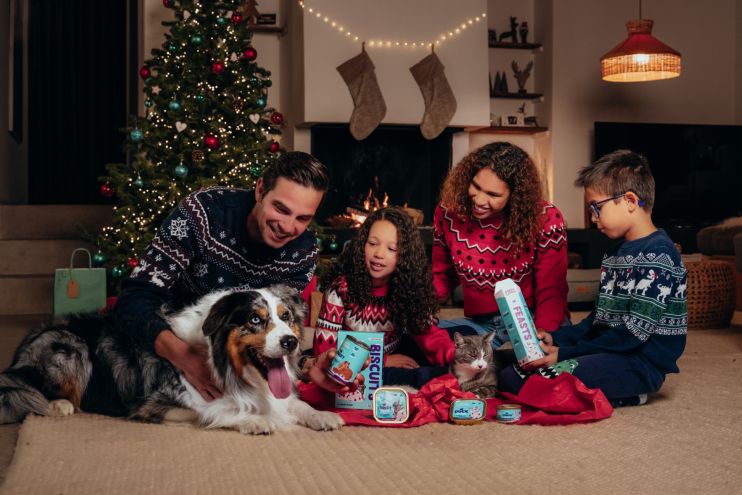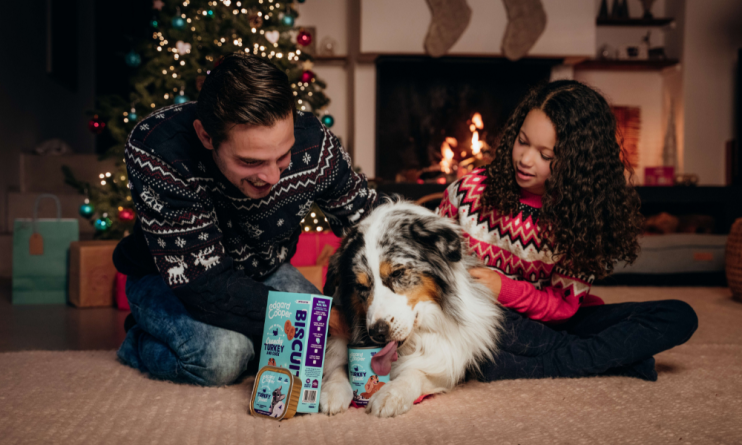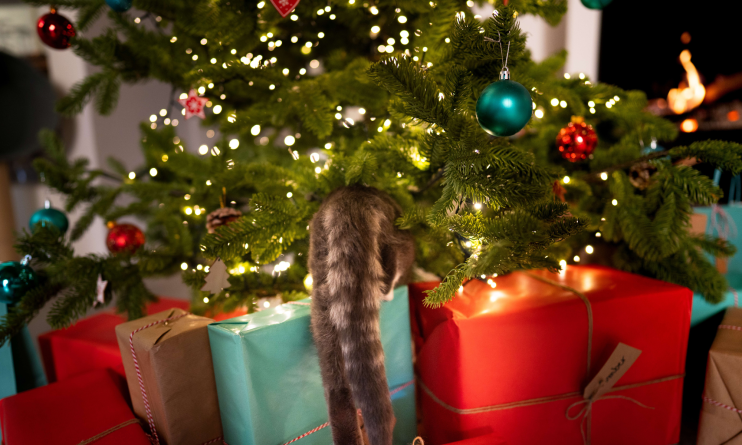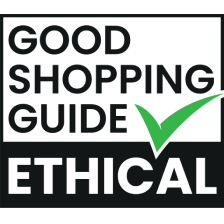Winter safety guide for dogs

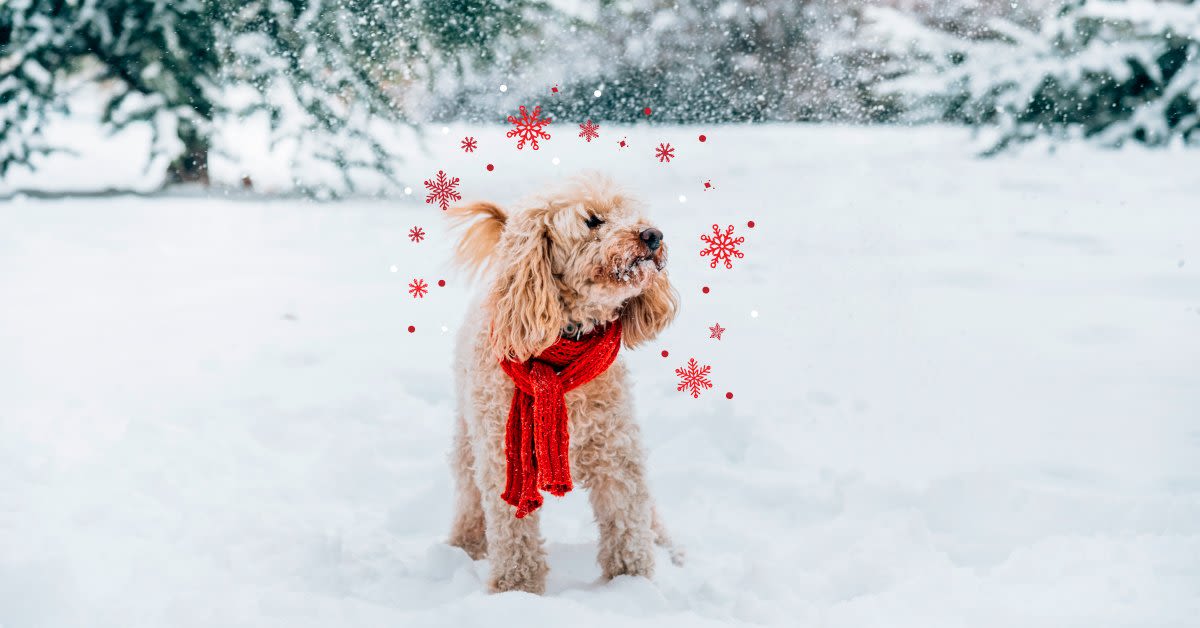
A lot of dog owners are worried about their four-legged friends during winter. Cold weather, snow and ice that gets between the paws, short days…it can all affect our dogs. The good news is, there’s lots you can do to get you and your dog safely and happily through winter. Here’s our handy guide...
Take a safe walk
One of the most important things in winter is visibility at night. You can make sure drivers can see you ánd your dog by both wearing a reflective jacket. LED collars and small safety lights are also very effective.
If you’re walking your dog in snowy or icy conditions, we suggest you keep them on the leash. You don’t want your dog running over a finely frozen pond or other water source. What’s more, dogs can easily lose their way in the snow because everything looks the same. Keep them safe, keep them close!
Braving the cold
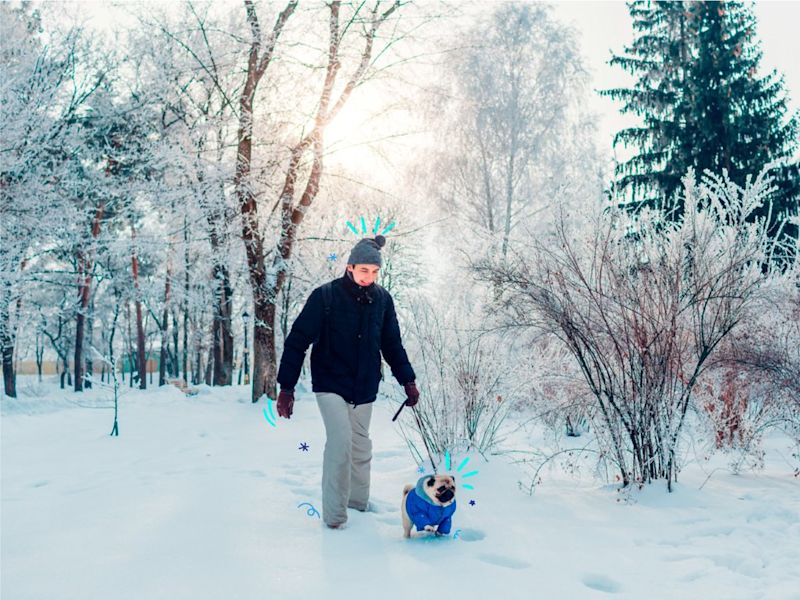
Not every dog has a thick coat of their very own. For those dogs with little fur, it’s important to wrap them up warmly. Just a quick look online will show you there’s plenty of winter apparel for dogs of all sizes.
Puppies and seniors definitely benefit from an extra layer in the winter. They are a little more sensitive to extreme weather conditions because they sometimes have difficulty regulating their body temperature.
Pawcare tips
It’s important to take care of your dog’s paws before and after going for a walk. In particular, if your dog has long hair between their toes, make sure to help them stay clean. Ice and salt can easily get stuck there, which is not at all pleasant for your dog. If it appears to be a recurring problem, you could either trim the hairs so they’re even with the foot pads or buy your dog some boots.
Even if your dog doesn’t have long hairs on their feet, we recommend rinsing all paws with some warm water when you return from a wintery walk. Because the cold can cause small cracks in the pads, we recommend you apply some pet-friendly moisturiser after the rinsing.
What about snow?
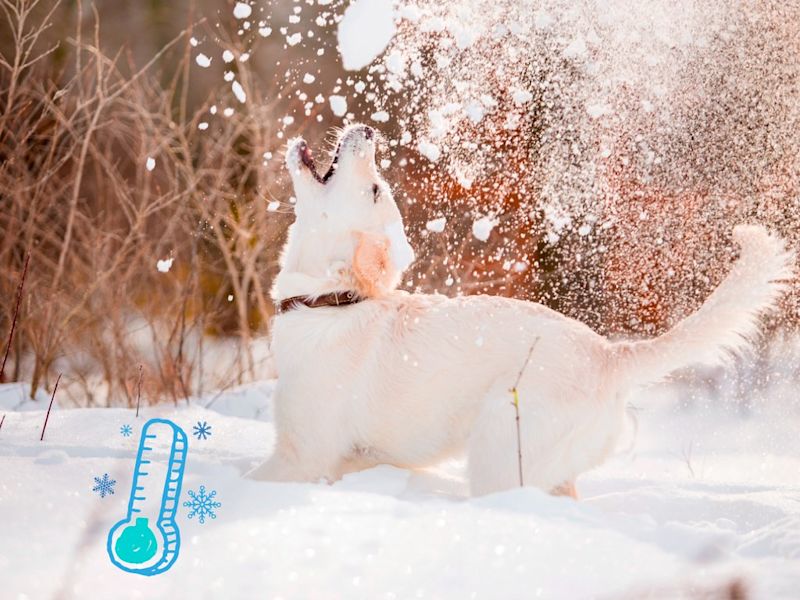
Snow is so beautiful, but there are a few things to remember about it. First of all, it’s no big deal if your dog eats some snow, but we recommend keeping this to a minimum. Too much snow gobbling can cause diarrhea and also lower your dog’s body temperature.
However, the main concern with snow and ice is human’s use of salt and antifreeze. Salt is not pleasant for your dog’s paws, but eating it can also cause problems like dehydration, vomiting or - in the worst case scenario - blood flow problems. Antifreeze is even more of a concern. If a small dog eats a teaspoon of antifreeze, it can cause kidney failure or liver problems. So watch out for that!
We hope this handy guide clears up a few things and means you can get outside with your pooch. After all, it's the most wonderful time of the year!
About Edgard & Cooper

Joyful pet food
Eating is one of life’s simple joys, so why overcomplicate things? Unlike most other pet foods, we treat nature’s ingredients with respect and make food that’s naturally healthy and full of flavour.

Play nice with nature
We’re on a mission to become the world’s most sustainable pet food. We love nature, so we pledge to make real, lasting change through our targets of zero carbon, fully sustainable packaging and ethically sourced ingredients.

Friends stick together
We donate 1% of our sales to the Edgard & Cooper Foundation, which works with charities that improve the lives of cats and dogs today, while protecting them tomorrow.
